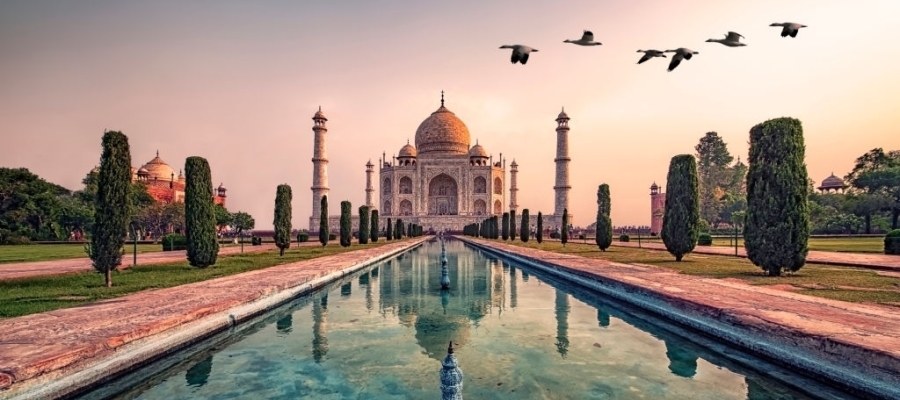
The list of timeless treasures in India is indeed endless and most of them are in the form of monuments, dating back to the ancient times. Most of the monuments in India are under maintenance and preservation by the Archaeological Survey of India.
India has more than 3600 monuments dotted across the country, exhibiting the vibrant past and rich heritage of the country, which has been kindling the interest of the global travelers visiting India, to know more deeper about the country and its roots.
In the wake of COVID19, all the monuments across the country had been shut down for the past hundred days. Earlier in June, around 820 centrally protected monuments which have places of worship were permitted to open with standard protocols to be strictly adhered to.
The Union Ministry of Culture, Government of India and Archaeological Survey of India, after several rounds of discussions, have jointly decided to open the remaining 3000 centrally protected monuments to the public with effect from 6th July 2020, of course, with Standard Operating Protocols and strict Guidelines to be followed without any compromise.


Though everything sounds well, the sad part of the announcement is, the iconic Taj Mahal still remains shut as Agra keeps reporting an increase in the number of Corona cases. In the 375 years old history of the Taj Mahal, this is the longest period, visitors don’t have access to the Mausoleum in Marble. Earlier in 1971 and 1978, the Taj Mahal was kept closed for a fortnight due to the India-Pakistan war and floods in Yamuna River. Along with the Taj Mahal, Agra Fort, Akbar Tomb will also be under shut down mode till further orders as they are declared to fall in “Buffer Zone” areas. Most monuments in Allahabad, Varanasi and Chennai also remain closed due to the rising number of cases in these regions.
COVID19 has rescheduled everything and the entire World is into a new normal. Let us learn from the historic monuments that the vagaries of time will pass like clouds and we will surely combat COVID19 and emerge stronger than before.
Share This News